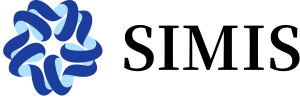Gluing invariants of Donaldson-Thomas type
Organizers
Speaker
Marco Robalo
Time
Thursday, April 24, 2025 3:00 PM - 4:00 PM
Venue
A6-101
Online
Zoom 638 227 8222
(BIMSA)
Abstract
In this talk I will explain a general mechanism, based on derived symplectic geometry, to glue the local invariants of singularities that appear naturally in Donaldson-Thomas theory. This mechanism recovers the categorified vanishing cycles sheaves constructed by Brav-Bussi-Dupont-Joyce, and provides a new more evolved gluing of Orlov’s categories of matrix factorisations, answering questions of Kontsevich-Soibelman and Y.Toda. This is a joint work with B. Hennion (Orsay) and J. Holstein (Hamburg).





